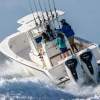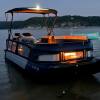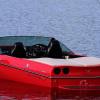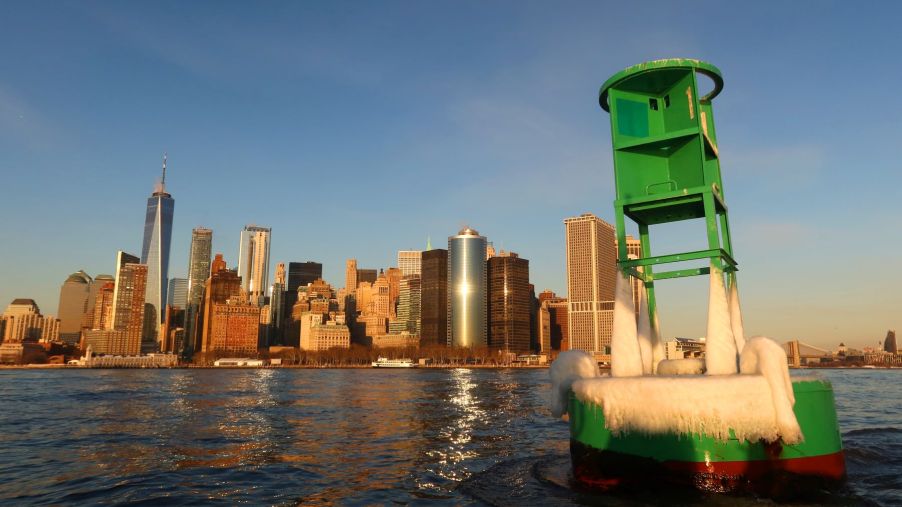
What Different Buoy Colors and Markers Mean for Boaters
Imagine the chaos that would ensue if roadways were not controlled by traffic signals, crosswalks, or speed limits. A waterway without buoys would be something like that. For this reason, it’s imperative that boat operators understand what various colored buoys and markers mean.
A brief history of buoys
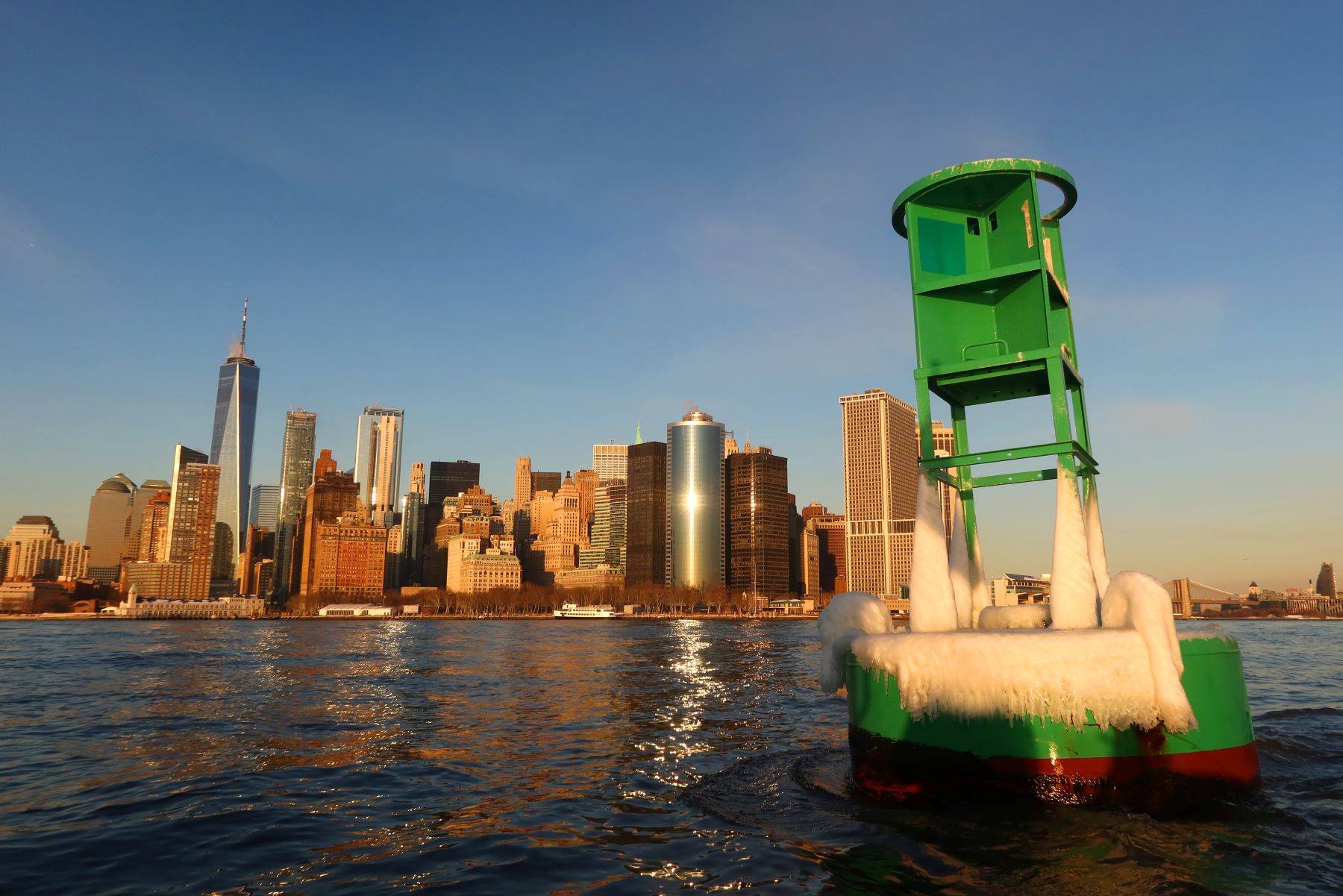
Although likely used in pre-Roman harbors, no such historical record of buoys exists. According to the United States Lighthouse Society, the oldest reference to floating navigational aids was in a medieval sailing manual called Compasso da Nivigare, which spoke of buoys in the area now known as Seville, Spain. Without explaining precisely what those long-ago buoys were made of, the society surmised such buoys were wooden rafts anchored in place with rope, chain, or weighty stones.
By 1820, the Thames River boasted more than 70 navigational buoys. The oldest were typical cask-shaped wooden barrels that evolved to more conical buoys called seetonnen. As large as 10 feet tall and five feet wide, seetonnen were made with tapered oak staves slathered in tar to protect the devices from the ravages of seawater.
The earliest registered navigational aids in North America were lighthouses. Boston Light, situated on Little Brewster Island, began operations in 1716. Seven decades later, the first United States Congress passed legislation that established government support for lighthouses, beacons, buoys, and other navigational aids, explains the United States Coast Guard Historian’s Office.
The modernization of buoys
Before 1848, there were no set standards for buoys, and each harbor or port decided what the shape, size, and colors of their buoys meant. In 1852, the Lighthouse Board began to call for standard meanings from coast to coast. The first aspect to be standardized was size.
The largest buoys, also known as first-class buoys, are placed at harbor entrances. Smaller second-class buoys are used to mark secondary harbor approaches and rivers. The smallest, or third-class buoys define areas where deep-draft vessels cannot go.
What buoy colors and shapes mean
Floating atop the water and anchored to the bottom, cylindrical-shaped buoys with conical tops are commonly called “nuns” and may or may not be outfitted with a light. If they have a light, the light will be the same color as the buoy itself. Cylindrical buoys with flat tops are known as “cans,” explains the US Coast Guard. Buoys also come in spar, spherical, and pillar shapes.
Buoys are generally painted green, red, or a combination of the two. Yellow, blue, white, and black may also be used on buoys. A green buoy tells boaters to pass to the right, and a red buoy advises boaters to pass to the left. Red buoys are always evenly numbered, while green buoys boast odd numbers. In both cases, buoy numbers get bigger when heading upstream or getting closer to a port.
A buoy featuring a diamond shape enclosing the letter “T” indicates that boaters should keep out. A buoy with a painted circle is a control buoy that lets boaters know the speed limit of a particular waterway. A buoy with white and black vertical stripes is a sign that underwater hazards are present, whereas vertical stripes that are red and white indicate the center of a navigable channel, explains Cruise Direct.
Regulatory buoys featuring orange geometric shapes and bold black lettering may be used to provide information, including directions, dangers, and prohibited areas. In contrast, yellow buoys typically indicate things such as fishing zones, traffic separations, anchorage areas, and international boundaries, says Texas Parks and Wildlife.
Boaters can remember to keep red buoys on the starboard side and green buoys to port by chanting the phrase “red right returning” as they head into or come back from the open sea, says the California Division of Boating and Waterways.
